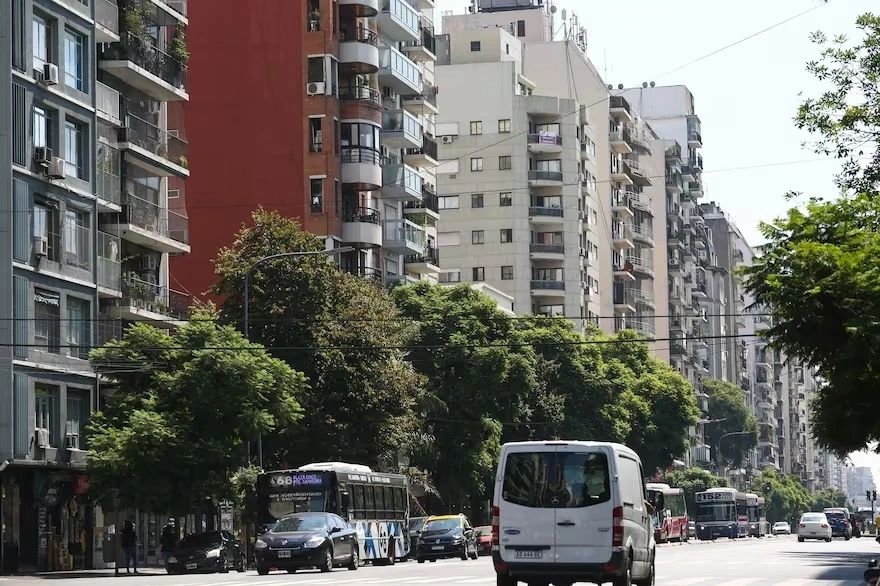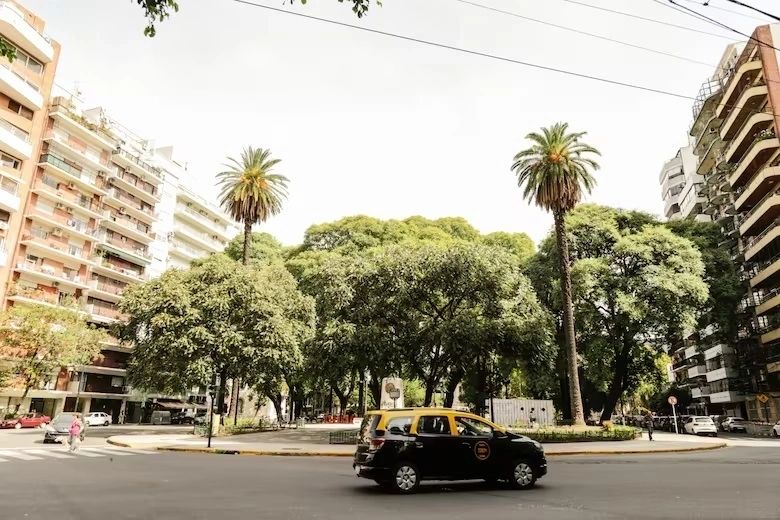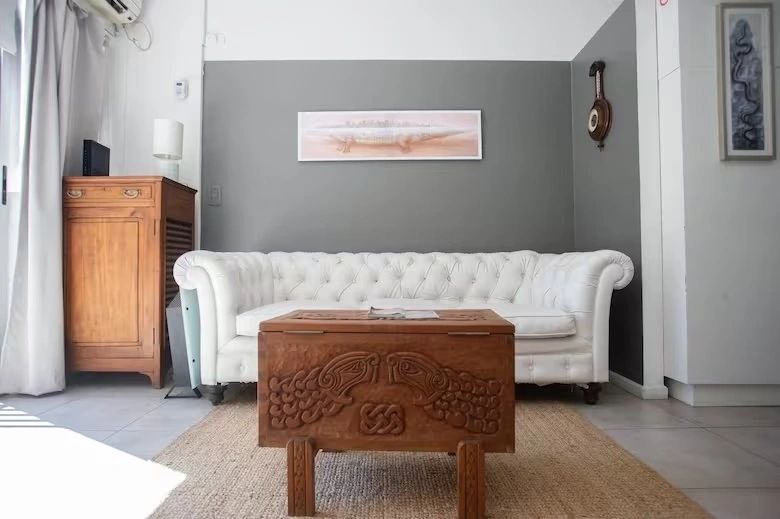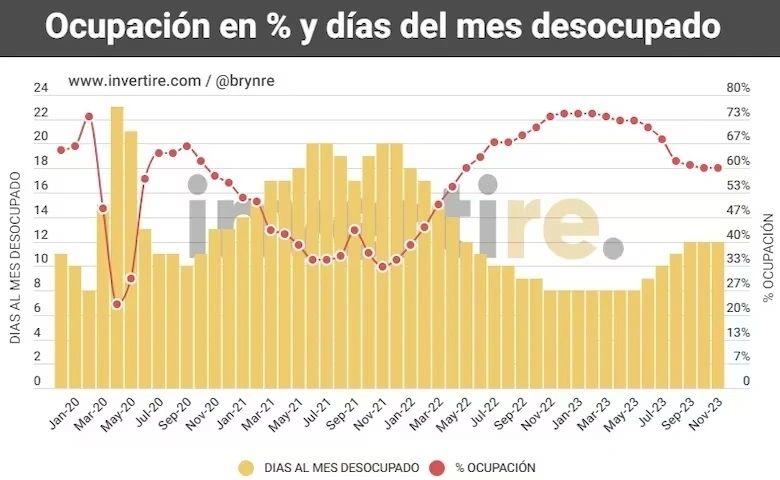BuySellBA
Administrator
Temporary rentals: The decision that apartment owners are making after Milei's DNU - La Nacion Propiedades

Source:
Alquileres temporarios: la decisión que están tomando los dueños de los departamentos tras el DNU de Milei
El DNU de Javier Milei podría afectar al negocio de los alquileres temporarios; las razones por las que los propietarios analizan volver al mercado tradicional
January 18, 2024
Javier Milei's DNU could affect the temporary rental business; the reasons why owners are considering returning to the traditional market
By Maria Josefina Lanzi

Javier Milei's DNU marked a before and after in many markets, including temporary rentals
The rules of the game that existed in the real estate market until a month ago, before Javier Milei 's DNU , had led many owners to abandon traditional rentals and invest in the temporary rental market. But a new scenario is presented with greater hopes for many owners who, without a regulatory framework, have already decided to re-publish their properties under the traditional rental format with long-term agreements and not with daily rentals.
Until the last months of 2023, profitability in temporary rentals was much higher than now. In November, the gross monthly income of a temporary rental was US$694, while that of a traditional rental was US$312, details the Real Estate Monitor study carried out every month by sector specialist Daniel Bryn . Furthermore, one of the biggest attractions of the business is the possibility of charging in dollars, something that until recently, the law did not allow for traditional companies.
Until Javier Milei's DNU, there was a risk, in the case of traditional rentals, of having a tenant for three years, tied to a contract with income that was adjusted every six months or a year, which in a context of annual inflation which exceeded 200 percent annually, within a few months they were devalued.
This led many people to turn to the temporary market that promised incomes above 7 percent per year in dollars. “In the last year, there were 60% more temporary rentals than in 2022,” says Daniel Bryn, head of Invertire.
Now the expectation is that many of the owners who switched to the world of temporary rentals will return to traditional rentals, encouraged by the possibility of closing contracts in the currency, the duration, the indexation and the periodicity of the adjustment they want.

The profitability in temporary rentals was much higher until a few months ago, but with the DNU of Javier Milei and the repeal of the rental law, owners are considering returning to the traditional market
“Perhaps before the repeal of the rental law, the only alternative to make a sustainable income was temporary. However, the traditional one can be traditional now too. I think there will be a greater supply of traditional rentals. Many people who know the great work involved in doing a temporary job decide not to do it and prefer to return to the traditional one,” Bryn anticipates.
The B side of the temps
There are several reasons that could lead to “a return home” and to bet again on the traditional business, especially because of the work and dedication that temporary units require. “They have maintenance costs, expenses, services, wifi, ABL, among other services. That is to say, fixed costs are generated, which, even if it is unoccupied and the electricity is not used, you have to pay a minimum,” explains Victoria Gómez, property manager , who has been working in the sector for more than 20 years.Furthermore, in general, owners usually hire a “property manager”, who is in charge of managing all the issues that the temporary rental requires. “Generally the host, the person who manages the temporary accommodation, charges 10 to 20%, depending on the function he or she performs in managing it (showing the apartment, replacing what was broken or taking care of resolving the repairs). To this we must add the maintenance expenses, which is usually another 10/15% more than the gross turnover of the department. In short, costs can reach 30% of income,” Bryn quantifies.

The maintenance of temporary rentals directly impacts the profitability of the business
In that sense, Silvina Ovalles, founder of BA Rent, a venture that is responsible for managing more than 50 properties for temporary rentals (for property owners who cannot or do not want to occupy them) details that “there is a large first cost of a temporary, which is the investment to equip it, which will depend on the size of the unit, the age of the building, the area, the taste of the owner, among other factors.
In addition, it ensures that other elements that generate expenses must be taken into account, among which can be listed:
1. Direct cost of the unit (ordinary expenses) : ABL (real estate tax on lighting, sweeping and cleaning), expenses, consumption of services (water, electricity, gas).
2. Cost of marketing or remuneration to channels/platforms : from 3% (Airbnb) to 15% (Booking), on the gross rental income (accommodation + any additional).
3. Fees for those who manage the property ( property managers ): it is suggested to calculate 18% of the gross rental income (there are other forms of remuneration for the same service).
4. Washing linens, after each stay. The value of the valet or washing and ironing service is approximately $3,600+, and a minimum of 2 valets should be provided.
5. Finally, it is necessary to calculate the cost of cleaning after each stay . He suggests estimating 2 to 4 hours per apartment, depending on the size and dirt, for which he estimates an approximate value of $4,000 to $8,000.
Ovalles assures that the expenses she handles (fees, linen washing and cleaning), without taking into account the expenses handled directly by the owner (the first two on the list) have an impact of approximately 30% on the gross income received by owner. “In the best case the impact is 22% and, in the worst case, it can have an impact of 35%. This is influenced by the possibility that it has not been rented enough, that there have been more washes than usual, because a room was always occupied with all the people, among others).
The occupation, another big problem
The occupancy of temporary rentals is not fixed throughout the year, but varies according to seasonality . However, to achieve profitability from temporary rentals, “historically, you would have to have 70% occupancy. The issue is that now expenses go up all the time, and it would have to be a little more,” Gómez added.“There are times when occupancy is higher, generally it is the first five months of the year, and after that period it decreases a little,” says Bryn and details that the average occupancy per year in the city of Buenos Aires usually varies. between 65% and 70%.

The average occupancy rate for temporary rentals has decreased greatly in recent times.
The oversupply of properties published for this purpose has an impact on the occupancy level and impacts values . “Today there is so much supply that prices have dropped, it is no longer the big business it was like a few years ago, the forums are full of administrators and owners asking if the rest had as few queries as they did. And since there are so many people working, it is no longer a guaranteed business,” says Clara, 35 years old, who has been balancing her job as an accountant with the administration of temporary rentals for five years.
In that sense, Bryn explains that today temporary rentals for tourist purposes are at 60% occupancy . “That is to say that there are 12 days a month, on average, that it is unoccupied. We went down from December of last year, which was 75% occupancy, to today, which is 60%. “That is related to the amount of supply,” he concludes.
www.buysellba.com

